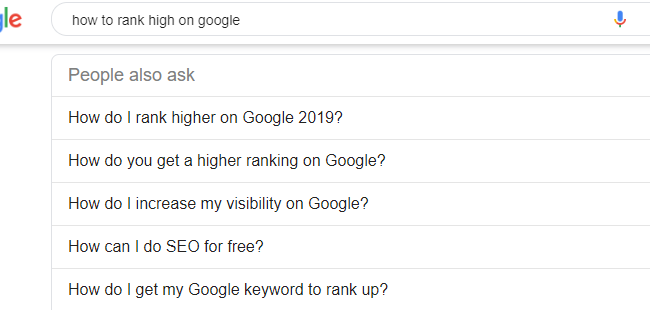
SEO content is content optimized for the search experience. More than search engines.
Above all, a good SEO content strategy is based on the quality and freshness of the content. And on their relevance.
More than ever, a site is more likely to reach the top of search engine results pages (SERP) if its contents respond to real requests, specific to the user. And if these pages of content are recognized as reference in the field.

SEO content for users
Any SEO content strategy therefore requires taking into account the needs of targets, prospects and customers, loyal and foreign, followers and skeptics. This assumes, starting from your SEO writing project, to:
- specify what these users are looking for
- translate these questions and concepts into words and key phrases ;
- integrate this reference into the editorial line and the lexicon of the site;
- organize and prioritize queries in the site tree
- Distil this repository properly in the content of the pages.
SEO content for engines
But the relevance and timeliness of the content are not enough. SEO content must also be readable by search engines. And so that they can read you, it is necessary to “translate” the contents in html and to use the good markers.
Writing SEO content does not only require editorial skills. You have to have some notions of HTML and information architecture.
The basics of HTML useful in SEO writing tips 2018
There are 3 types of tags to optimize the natural referencing of content. Those are:
- The typographical tags. They assign”status” to the (sequences of) words in the page. This status will be, for example, the quote block quote, the em highlighting, the fat strong, …
- The stylistic tags. Associated with CSS style sheets, they support the grammar of styles and visual coherence in the site. They allow, for example, managing the anchors [a], to correctly formalize the quotation marks [q], etc.
- The structural tags. They help organize the page into hierarchical blocks of text. In addition to the title tags h1 to h6 (which also have a typographic support function), the paragraph tags p, lists ul, ol, indicate to the textual browsers the logical and hierarchical organization of the page in question.
SEO Content and Information Structure
Some basic writing techniques like the inverted pyramid and the 5W rule help structure your story. The reader is grateful to you. Google too.
Indeed, search engines reward a good structure of information. Because it allows them to more effectively screen the pages of the site. This results in a good positioning in their results pages. In other words, structure your editorial content. Use stylistic and structural chevrons to prioritize the formal rendering, organize the information on the screen. You will like Google.
Enrich your texts
The typographical enhancements are considered by search engines as an added value. So put some relief in your paragraphs and sentences using typographic tags: italic, fat, bulleted lists, etc.
Tag non-text content
The robots are blind. Everything that is not text is invisible to them. Therefore, you must give special treatment to non-textual content. The images will all be accompanied by the ALT tag that describes the image or text associated with it. You will be careful to add a relevant keyword in the tag and name your image file also with the most relevant keyword.
Flank podcasts and videos, if not a transcript, of a description of what they contain so that the engines take into account these rich contents. The same goes, obviously, for Flash videos. As for websites designed entirely in Flash, if they do not have an HTML counterpart, you will not be able to do much.
SEO content is rich, generous, varied
Write a lot and often. Generous, relevant, up-to-date and user-oriented content can only help you reach people on specific queries. This is called the long tail.
The more you write, in a variety of formats (news, product sheets, blog posts, tip sheets, files, etc.) and for a variety of audiences (prospects, new customers, subscribers, partners, etc.), the more you Increase the lexical repository of your website.
Vary formats and types of content
To increase the find ability of your content; bet on a wide lexical coverage. Diversify editorial formats. Create a blog, use landing pages, develop thematic files,). Encourage content generated by users. Integrate social media into your dissemination plan.
Take the time to describe, with the right words, your trades and expertise, your products and services. Design tips, briefs on your industry, interviews with specialists. Remember to build a Frequently Asked Questions. A good FAQ has a high potential for SEO. Since the contents are supposed to answer real questions. What are real targets?
Writing often is also keeping the conversation with audiences. It is to retain the readers. The freshness of the content is one of the first criteria for evaluating websites. There is no point in publishing every day. Choose formats that provide an interesting and profitable refresh rate.




